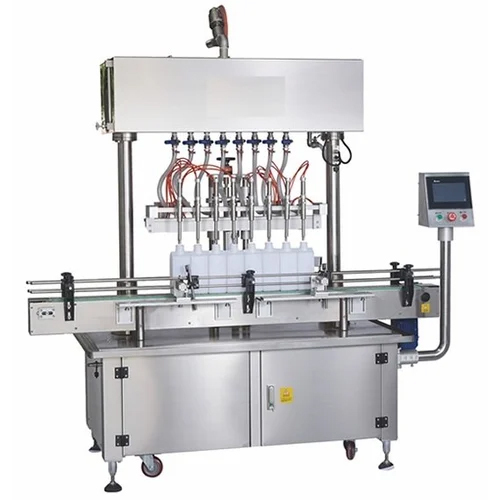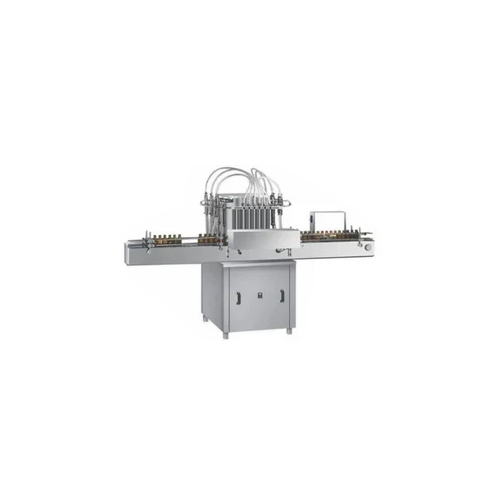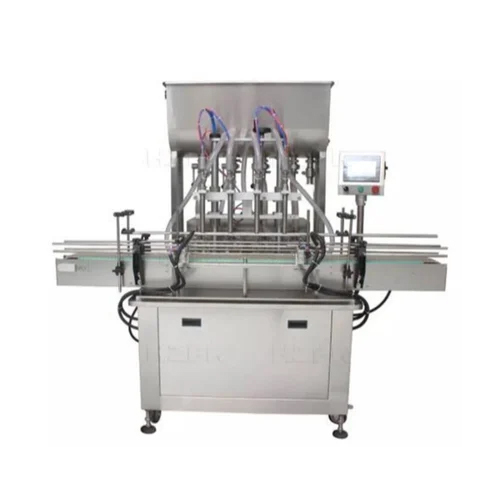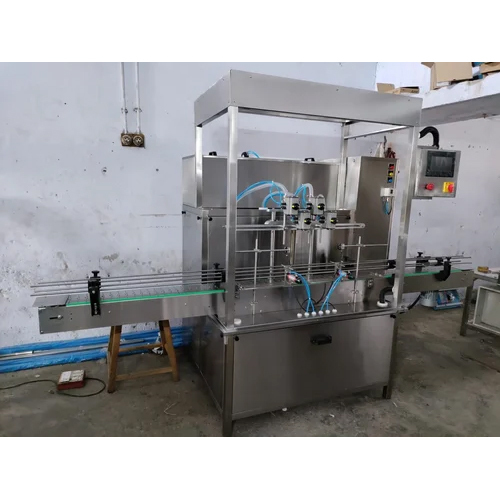ट्यूब भरने की मशीन
उत्पाद विवरण:
- प्रॉडक्ट टाइप भरने की मशीन
- मटेरियल स्टेनलेस स्टील
- एप्लीकेशन
- पैकेजिंग सामग्री
- कम्प्यूटरीकृत
- स्वचालित ग्रेड
- कंट्रोल सिस्टम
- अधिक देखने के लिए क्लिक करें
ट्यूब भरने की मशीन मूल्य और मात्रा
- यूनिट/यूनिट
- 1
- यूनिट/यूनिट
ट्यूब भरने की मशीन उत्पाद की विशेषताएं
- 1 वर्ष
- 220 वोल्ट (v)
- 1500*700*650 मिलीमीटर (mm)
- 50 पीसीएस/मिन
- भरने की मशीन
- स्टेनलेस स्टील
- 700 किलोग्राम (kg)
ट्यूब भरने की मशीन व्यापार सूचना
- भारत
- 2 प्रति महीने
- 1 महीने
- Yes
- ग्राहक की आवश्यकता के अनुसार मानक पैकिंग
- आईईसी
उत्पाद वर्णन
Key Features of Tube Filling Machines
1. Tube handling: The machine can handle tubes of various sizes, materials, and shapes.
2. Filling system: The filling system can be piston-based, pump-based, or auger-based, depending on the product's viscosity and filling requirements.
3. Dosing accuracy: The machine can accurately measure and fill the desired amount of product into each tube.
4. Sealing system: The machine can seal the filled tubes using various methods, such as heat sealing, ultrasonic sealing, or crimping.
5. Speed and productivity: Tube filling machines can operate at high speeds, filling and sealing hundreds of tubes per hour.
6. Easy cleaning and maintenance: The machine's design allows for easy cleaning and maintenance, reducing downtime and ensuring efficient operation.
Types of Tube Filling Machines
1. Semi-automatic tube filling machines: Require manual loading and unloading of tubes, but automate the filling and sealing process.
2. Automatic tube filling machines: Fully automate the tube filling and sealing process, including loading and unloading of tubes.
3. Rotary tube filling machines: Use a rotary system to fill and seal tubes, allowing for high-speed operation.
4. Linear tube filling machines: Use a linear system to fill and seal tubes, providing more flexibility in terms of tube size and shape.
Benefits of Using Tube Filling Machines
1. Increased efficiency: Automate the tube filling and sealing process, reducing labor costs and increasing productivity.
2. Improved accuracy: Ensure accurate filling and sealing of tubes, reducing waste and improving product quality.
3. Enhanced product safety: Use sterile or sanitized tubes and filling equipment to minimize the risk of contamination.
4. Reduced labor costs: Minimize manual labor required for tube filling and sealing, reducing labor costs and improving workplace safety.
5. Customization options: Choose from various machine configurations and options to meet specific product and packaging requirements.

Price: Â
- 50
- 100
- 200
- 250
- 500
- 1000+








